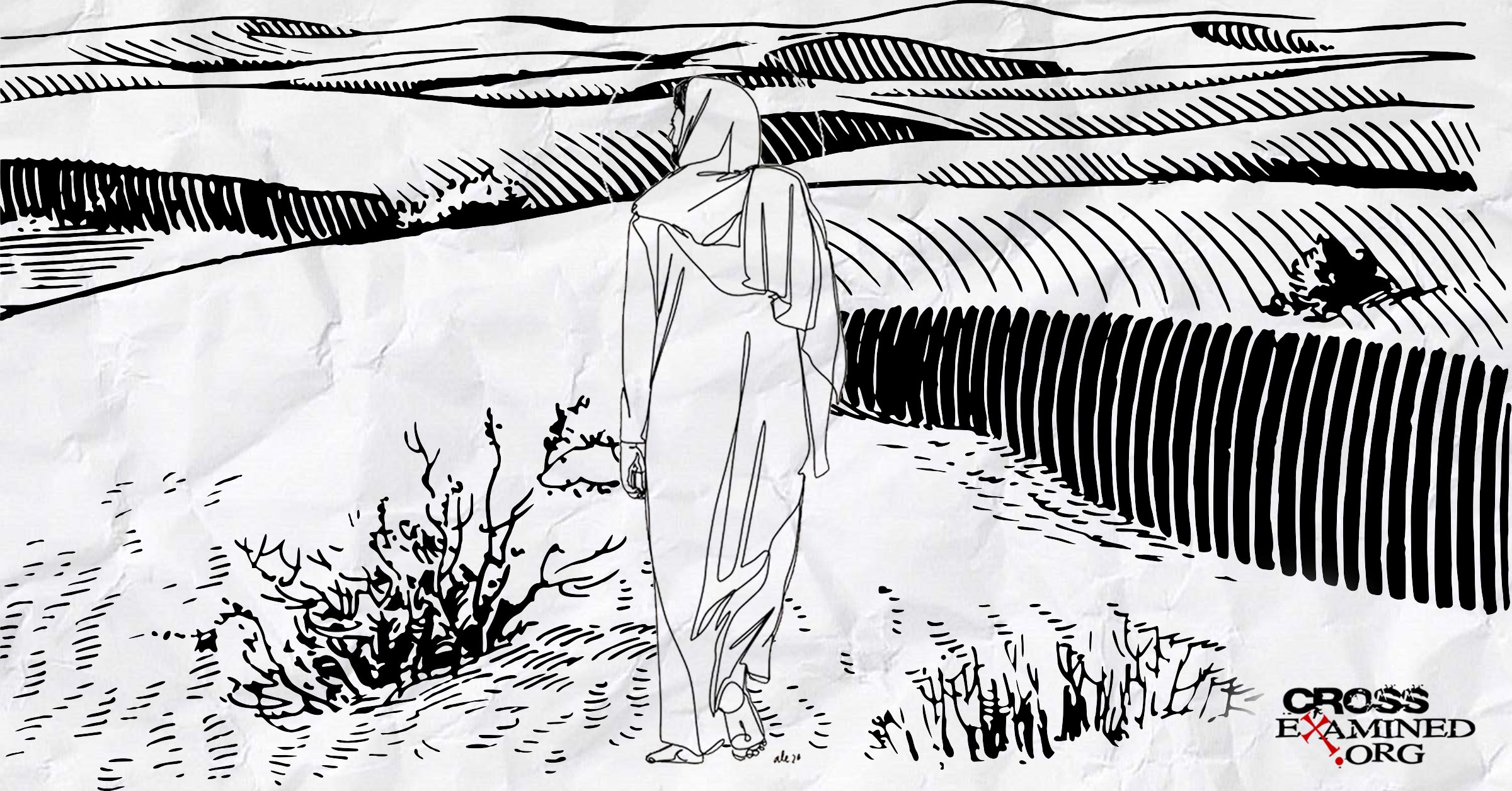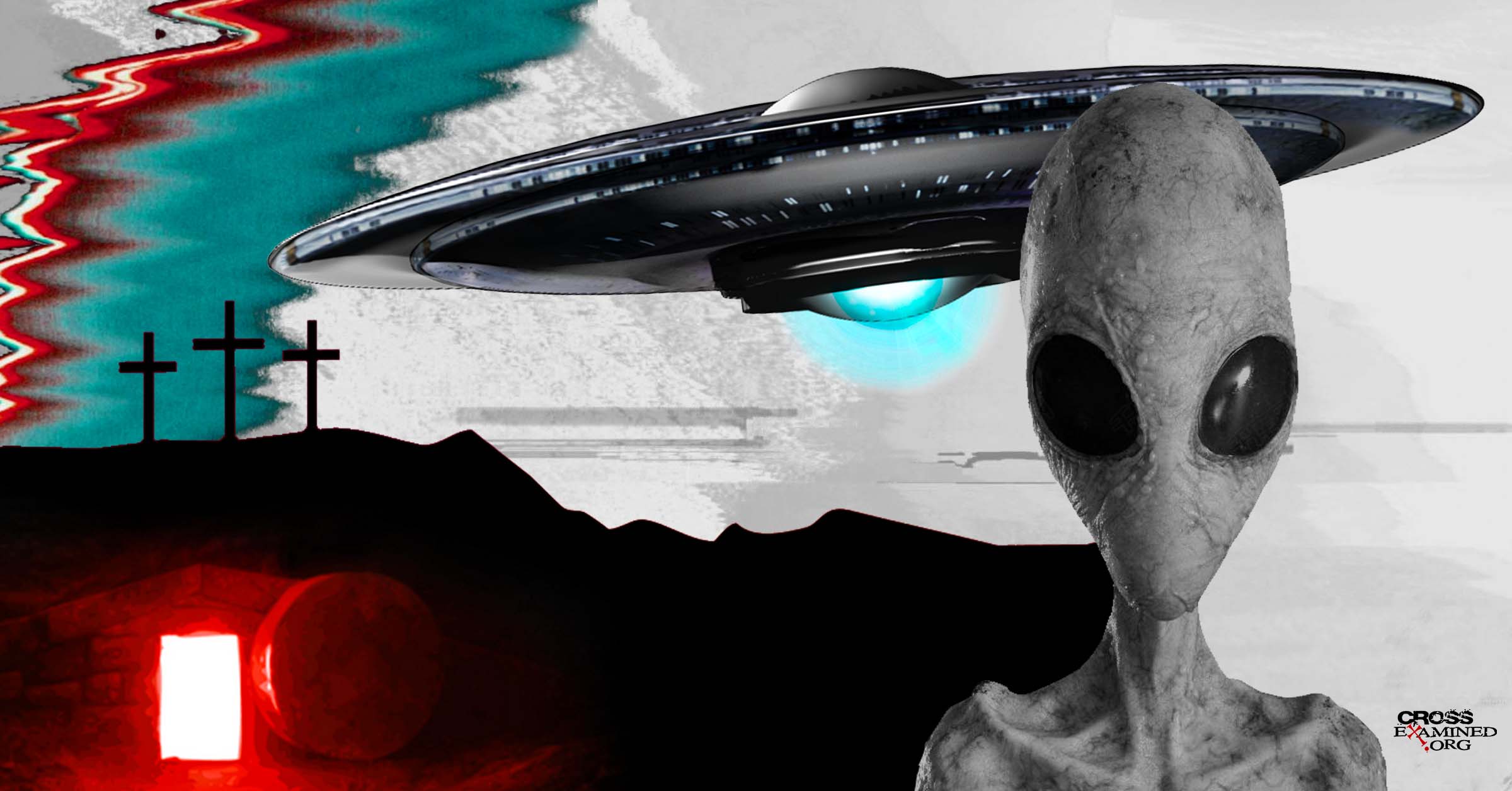The Canon Conspiracy
By Timothy Fox
I’ve always been intrigued by conspiracy theories. New World Order, Illuminati, stuff like that. Christianity has its own share of conspiracy theories, like the existence of “lost” gospels suppressed by the Church. However, we all must wonder why the Bible contains the books that it does. What if there really are texts purposely omitted from the canon that would have produced a radically different Christianity? Far from being mere conspiracy theory, this is an important claim to explore. So, let’s briefly examine four of the most infamous “lost” gospels:
The “Lost” Gospels
Gospel of Thomas
The Gospel of Thomas is the most popular of all “lost” gospels. It was discovered in 1945 within a collection of texts near Nag Hammadi in Egypt.Thomas seems very primitive, being a collection of sayings with no clear narrative and no mention of Jesus’ death and crucifixion. Thus, its proponents consider it an extremely early gospel source.
However, scholars believe Thomas was heavily influenced by the synoptic gospels, and possibly Paul’s writings and the Diatessaron, another ancient Christian text. Also, gnostic elements within the text discredit an early origin, as gnostic reinterpretations of Christianity hadn’t surfaced until the 2nd century. Thus, Thomas should be rejected as an early, independent account of Jesus’ life.
Gospel of Peter
In the late 19th century, fragments of a supposed Gospel of Peter were found in Akhmim, Egypt. Its proponents argue that Peter contains elements of an older Christian tradition that may predate the canonical gospels. However, documents must be dated by existing textual evidence, not by their hypothetical roots. Peter shows signs of dependence on the synoptic gospels and also contains obvious embellishments, including fantastical elements such as a talking cross and giant angels. Most scholars date it to the late second century, and so Peter is not a reliable, independent witness of Jesus’ life.
Gospel of Mary
The idea that Jesus and Mary Magdalene were lovers was popularized by Dan Brown’s bestselling book, The Da Vinci Code. However, its roots lie in the so-called Gospel of Mary. Fragments of it were found in the late nineteenth and twentieth centuries and it advances a radically different message than what is contained in the Bible. Mary’s proponents herald it as proof of the patriarchal suppression of women within Christianity.
But while its small size makes dating difficult, scholars place it at the end of the second century, much too late to be considered reliable. Also, no scholar takes the Jesus-Mary coupling seriously as it is mentioned nowhere else in any other early Christian writings.
Gospel of Judas
A gospel written by the scoundrel who betrayed Jesus?! Now this is juicy. Do we get to see the other side of the story? Sorry, Judas is an obvious fake. In fact, church father Irenaeus smacked down this false gospel way back in 180 AD, condemning it as heretical, Gnostic fan fiction.
General Arguments
Let’s now examine some general arguments and statements concerning “lost” gospels:
Bible “Buzzfeed”
The Internet loves lists, and so did the early Christians. In The Canon Debate, Lee McDonald compares thirty lists of New Testament books ranging from the second to sixth century. And of these, the Gospel of Thomas is the only “lost” gospel to appear on any list, and at that, only on one. That’s right, one. Out of thirty. If the Christians closest to Jesus’ time did not consider these “lost” gospels worthy to be included in the biblical canon, then why should we?
Canon by Chance?
If there really is a God who inspired the Bible, do you honestly think he’d leave its compilation to chance or human opinion? Of course not. We should be confident that the Bible contains exactly the books God wants.
Ehrman Closes the Case
For the final nail in the coffin, let’s turn to Bart Ehrman, agnostic (thus, non-Christian) New Testament scholar. In Truth and Fiction in the Da Vinci Code, he writes:
“The oldest and best sources we have for knowing about the life of Jesus… are the four Gospels of the New Testament, Matthew, Mark, Luke, and John. This is not simply the view of Christian historians who have a high opinion of the New Testament and its historical worth; it is the view of all serious historians of antiquity of every kind, from committed evangelical Christians to hardcore atheists.”
Conclusion
Theorizing about secret gospels and canon conspiracies may be fun for some, but there is no truth behind it whatsoever. Matthew, Mark, Luke, and John are the only legitimate Gospels that contain reliable information about the life of Jesus of Nazareth.
For a more in-depth examination of these and other alleged “lost” gospels, check out chapter 5 in the updated Evidence That Demands a Verdict, “Gnostic Gospels and Other Non-biblical Texts.”
Original Blog Source: http://bit.ly/2r6nJWc











Leave a Reply
Want to join the discussion?Feel free to contribute!